cultural travel
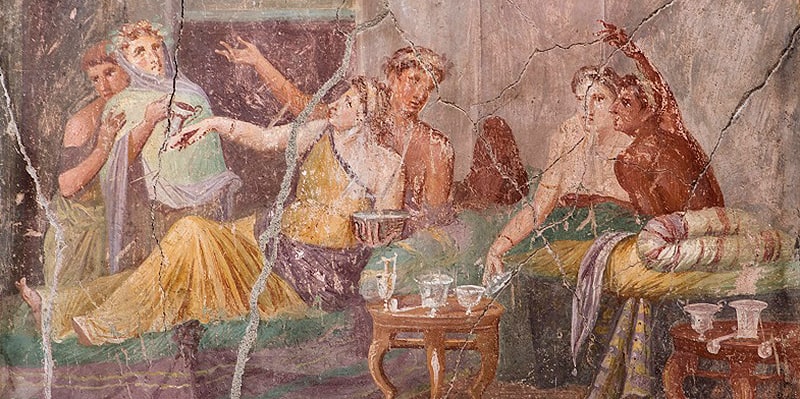
As I was browsing through some of my late mother’s memorabilia on Roman times — she taught classics at George Washington University for years — I came across an interesting set of recipes attributed to M. Gavius Apicius, said to have lived in the time of the emperor Tiberius (AD 14-37).
Tiberius, stepson of Augustus Caesar, was reputedly a nasty fellow and some of the contemporary Roman cuisine seems to reflect that. (More on that in a moment.)
Apicius himself was reputed to have spent a fortune (one hundred million sesterces!) on food and, when facing starvation due to his eventual impecuniousness, drank a vial of poison. But before that he had written two cookbooks and established himself as the Mario Batali of his day.
According to an author named… Continue reading

Editor’s Note: This is Part II of “Bordering on Madness,” chronicling the adventures and misadventures of Contributing Writer Robert Waite as he journeys from England to Moscow and back in 1971, driving a vintage Triumph Spitfire. As we pick up the tale, he has just entered the USSR after refusing to drive his car into a six-foot-deep concrete pit at the border.
If you missed Part I of “Bordering on Madness,’ you can read it here.
By Robert Waite
On this first day we drove to the city of Minsk, which today is the capital of an independent Belarus, but was then part of the Soviet Union.
The roads were relatively empty, save for a few lumbering, diesel smoke-spewing trucks. We made it to our hotel at about… Continue reading
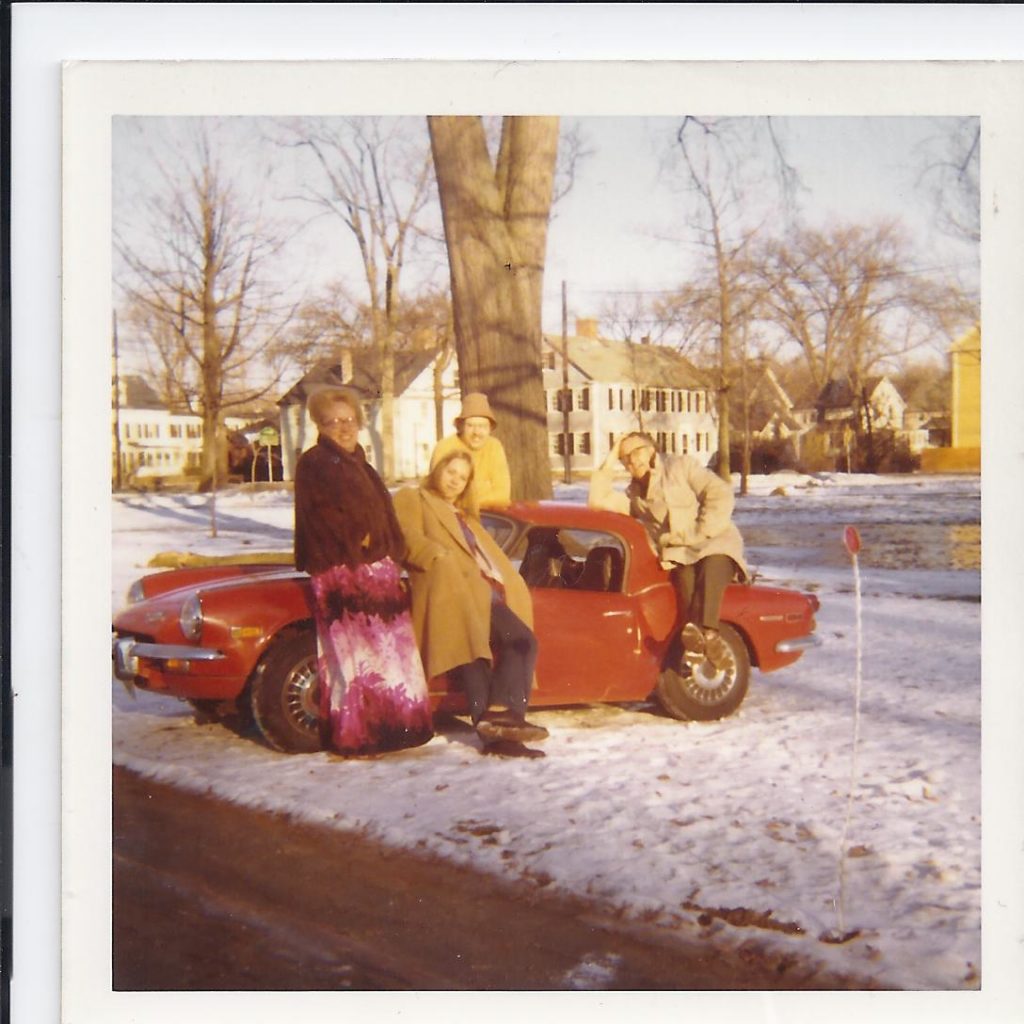
While I’ve traveled to Russia following the fall of the Soviet Union, I never had the pleasure of visiting the USSR in all its glory, with its 15 “autonomous republics,” its delightful-sounding “Intourist guides” — who shadowed you night and day — and restaurants where waiters served you mostly bad food when they felt like it, which they usually didn’t.
But fortunately, we have roving Contributing Writer Robert Waite to give us a glimpse into what it was like to journey to the 1971 Soviet Union in what was a highly unlikely form of transport, a vintage two-seater Triumph Spitfire.
Able to proceed only at the whim of the Spitfire’s capabilities, Bob and his companion managed to overcome mounds of aptly named bureaucratic red tape — and a cast… Continue reading
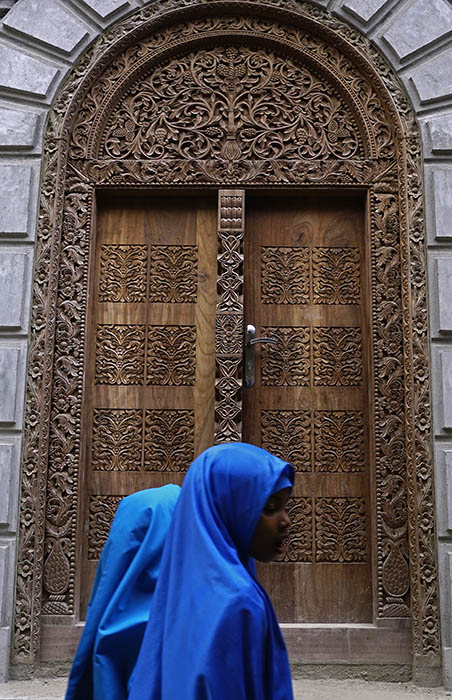
I was interested to come across a recent report that the Indian Ocean island of Zanzibar was cracking down on tourists wearing skimpy attire in public.
According to CNN, Lela Muhamed Mussa, the minister of tourism, declared that tourists must cover themselves from shoulder to knee in public places — or their tour guides or operators would pay the price, with fines ranging from U.S.$700 to $2,000. (Tourists themselves, who support the bulk of the local economy, are exempted, though they’re likely to draw stares and recriminations from offended local residents.)
Predominantly Muslim Zanzibar attracts up to 30,000 tourists per month, attracted by its combination of sandy, sunny beaches bordering sapphire waters and the island’s equally colorful (if often sordid) history, centered around Stone Town, Zanzibar’s capital. It’s when the… Continue reading
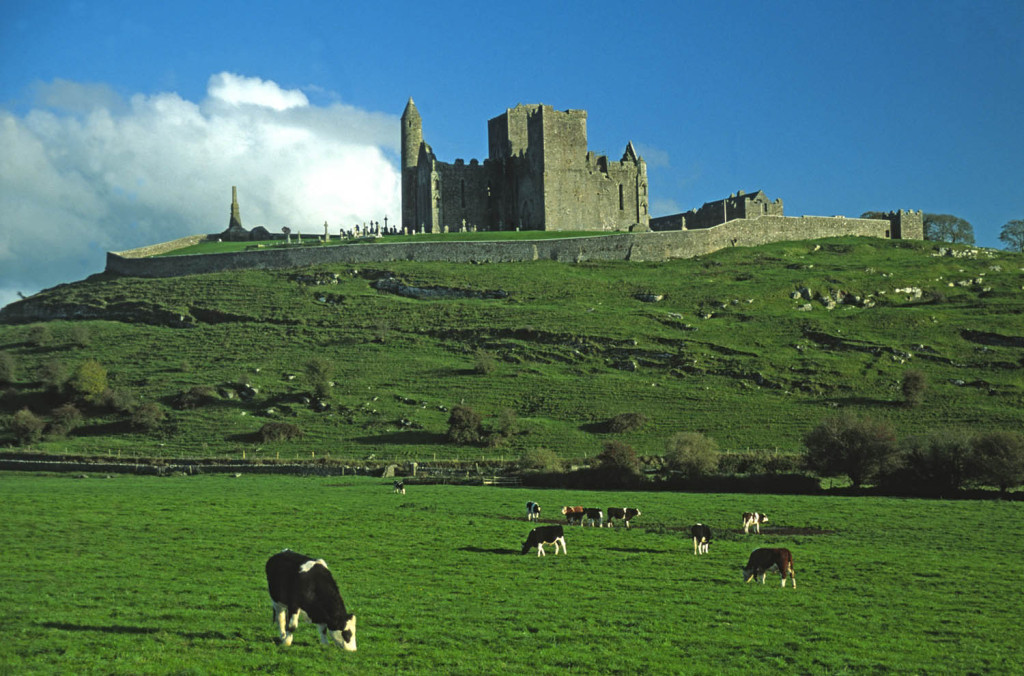
I admit I was a little surprised several years ago when I toured the entire island of Ireland and discovered that St. Patrick — the patron saint of Ireland and largely credited with bringing Christianity to Ireland — actually did much of his missionary work and is reputedly buried in County Down, which is now part of Northern Ireland, which is part of the United Kingdom.
It was less than a quarter-century ago (April 1998) that “The Troubles,” as they were called — an often violent class-related and sectarian three-decade conflict in Northern Ireland between those who wanted to remain in the UK (mostly Protestants) and those who wanted to break away and join the Republic of Ireland (mostly Catholics) — ended in the Good Friday Agreement to settle the issue peacefully.… Continue reading

Today (February 12 in 2021) is the first day of the Chinese Lunar New Year — also known as the Spring Festival, which lasts for 15 days.
This is the Year of the Ox, the second sign of the Chinese Zodiac. Legend has it that when the Jade Emperor summoned the presence of a dozen animals, he declared that the one that arrived first would head the 12-sign Zodiac. The ox was kind enough to give the rat a ride, but the tricky rat hopped off to cross the finish line first. Thus the ox goes second.
According to the Travel China Guide, the ox is the symbol of diligence, persistence, and honesty, and people born under that sign are industrious, cautious, faithful and always glad to offer help — even to rats.
For baby boomers, ox sign years are 1949 and 1961. So we wish oxen readers an… Continue reading

The last time my wife and I were in Oslo, we did exactly what contributing writer Robert Waite advises against: we skipped town too quickly, flying off to Bergen and our Hurtigruten coastal voyage the day after we arrived.
Walking around Oslo during our free afternoon there, on a beautifully sunny late spring day, we soon realized our mistake. It had been some years since we’d been to the city, and much had changed — by the looks of it, much for the better. But I’ll let Bob delve into all that.
One particular memory stands out among the people we encountered there.
After having dinner at a local restaurant on the evening of our arrival, I left a tip in cash that I knew was way too… Continue reading
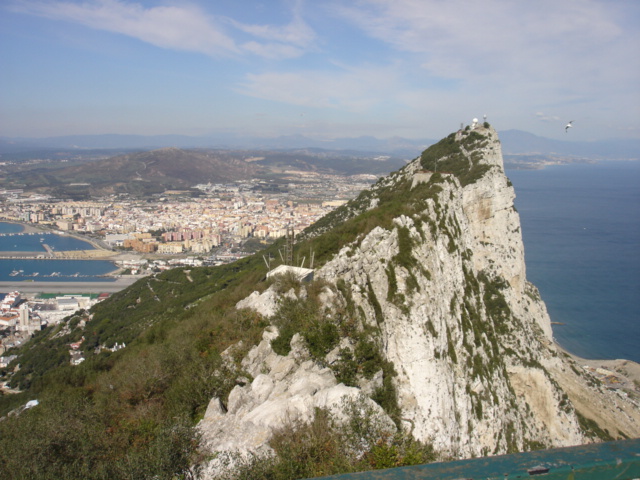
Like Contributing Writer Robert Waite, I was also thrilled to finally set foot on the Rock of Gibraltar — in our case, it was a few years ago, when my wife and I approached it by sea from Morocco.
Previously, we had passed it a few times while crossing the Straits of Gibraltar from Spain to North Africa, but from a distance all you see is a…rock. Not that it isn’t an impressive rock — one time I wasted almost an entire roll of film trying to photograph it from too great a distance — but when you approach it it quickly becomes apparent how alive it is with people and activity.
I’ll let Bob take it from here — with a hearty recommendation that you visit when you can.
By Robert Waite… Continue reading
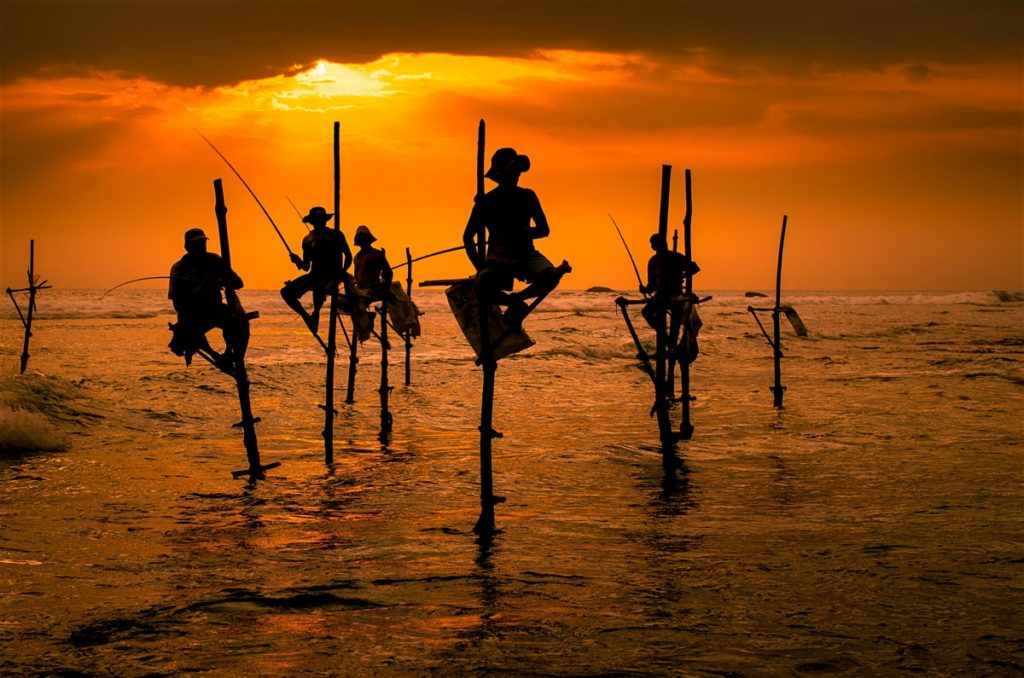
Editor’s Note: This is the first in a periodic series on the effects of the COVID-19 pandemic on tourism providers across the globe.
Back in the late 1960s, when I was still mostly fantasizing about globetrotting, I picked up a paperback book called Bargain Paradises of the World.
Although all the pictures were in black and white and the information inside was perhaps overly colorful, it was the kind of book that got my travel juices flowing.
One particular “paradise” that caught my eye was Ceylon, the tear-drop-shaped Indian Ocean island nation that has been known as Sri Lanka since 1972.
My fantasy Ceylon — which had been colonized by Britain until 1948 and was known in the West mostly for its tea exports — was pictured by Bargain Paradises as an idyllic place where… Continue reading
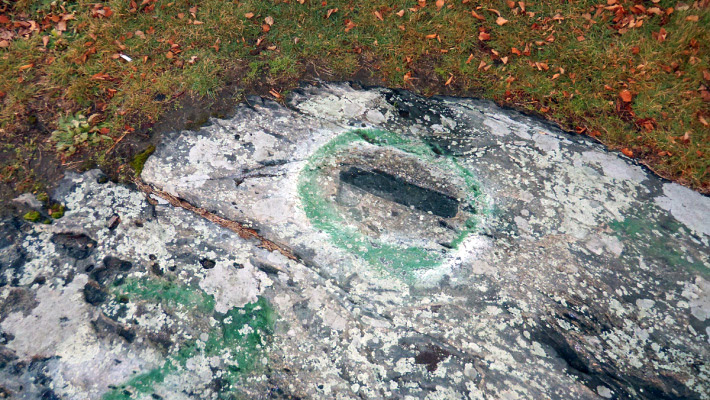
Following up on his Ipswich fried clams post — part I of a two-part series on the historic, scenic, and all-around inviting area of Ipswich and Essex, Massachusetts — contributing writer Bob Waite now asks us to back away from the table long enough to enjoy the other sometimes devilish delights the region has to offer.
By Robert Waite
Ipswich, MA – You can have a devil of a time in Ipswich, Massachusetts. Or at least the residents apparently did back in the 1740’s.
According to local legend, a visit by a famous English fire-and-brimstone preacher, the Rev. George Whitfield, to the town’s First Congregational Church, located atop Town Hill, attracted a crowd of thousands – and a curious Satan.
Whitfield, who had no sympathy for the devil, called Satan… Continue reading








